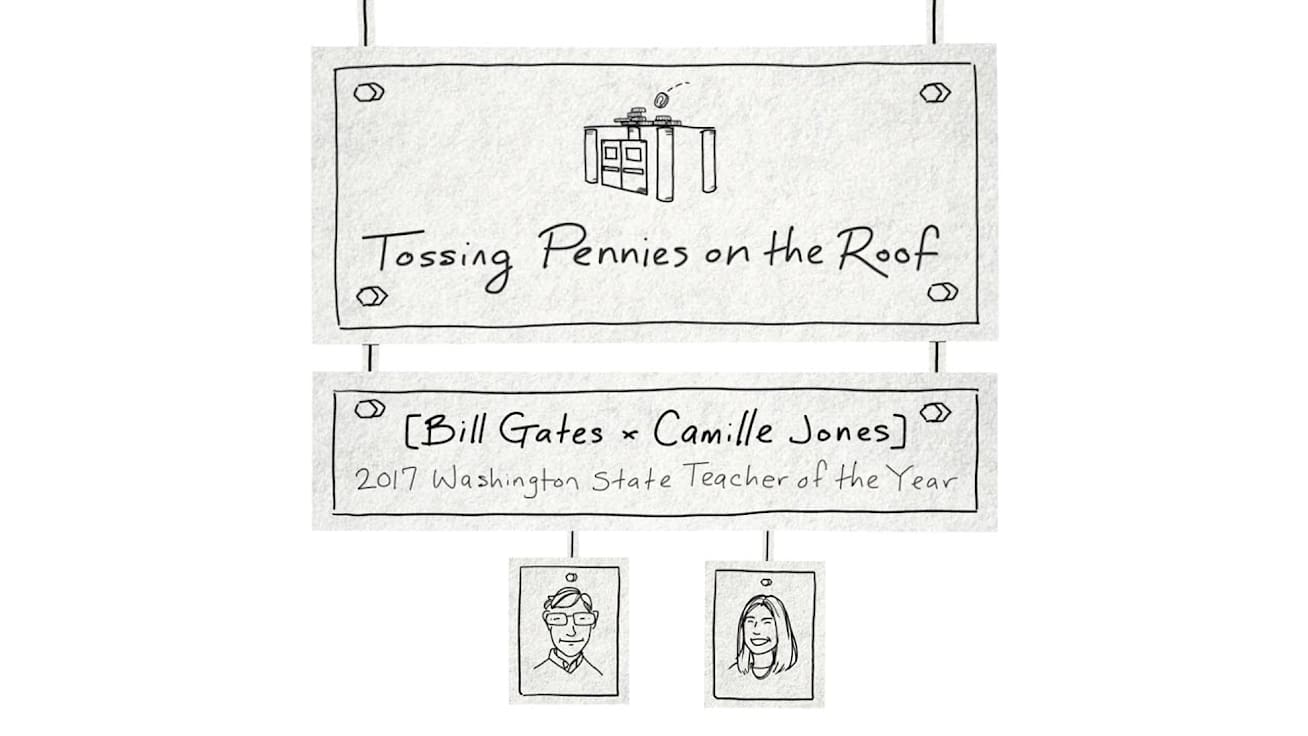The penny drops
How to teach engineering to a 5-year-old
You can do it with coins, index cards, and a little ingenuity.

Here’s a neat (and short) lesson from Washington state’s latest Teacher of the Year, Camille Jones. Camille teaches science and engineering to students as young as 5 years old. When she visited my office earlier this year, I asked her how she talks to such young kids about engineering. Take a look at what she showed me:
One thing I love about this is that it takes ideas that can seem very abstract, like pressure and tension, and makes them concrete. Camille told me the lesson was designed by the Museum of Science in Boston—a great example of how putting great lessons and other tools in the hands of talented teachers can lead to magical moments in the classroom. Technology is making it easier for teachers to find these tools, which is one of the things that makes me hopeful about the future of education.
You can read more about my visit with Camille here.



